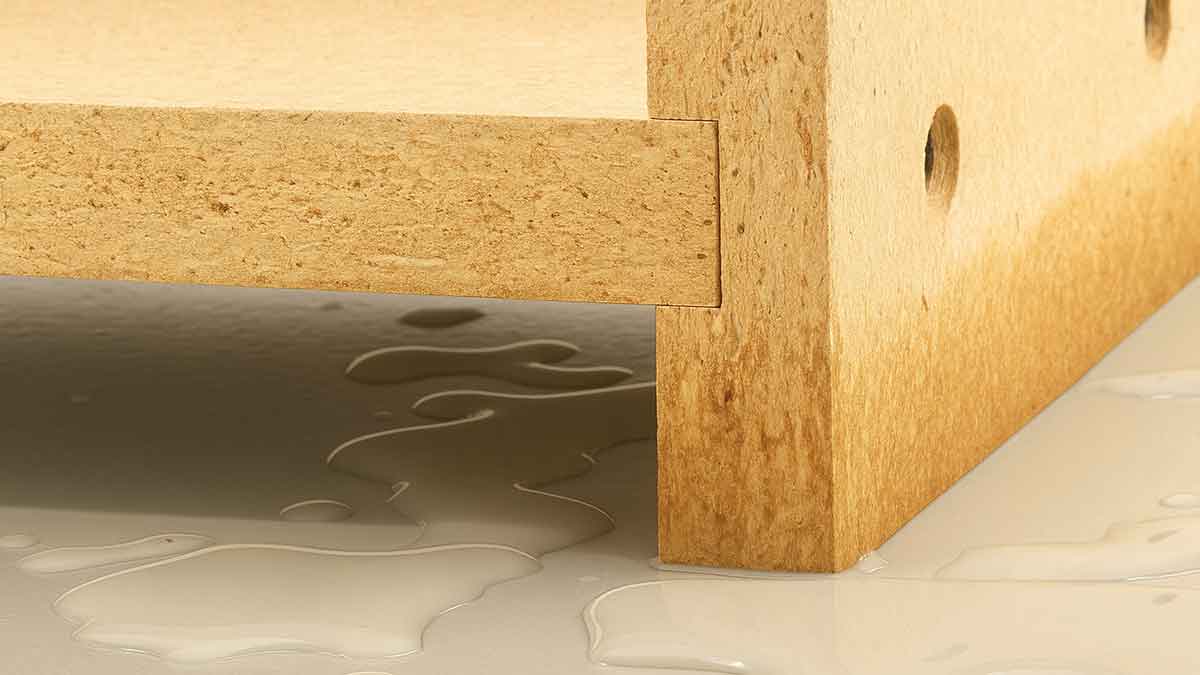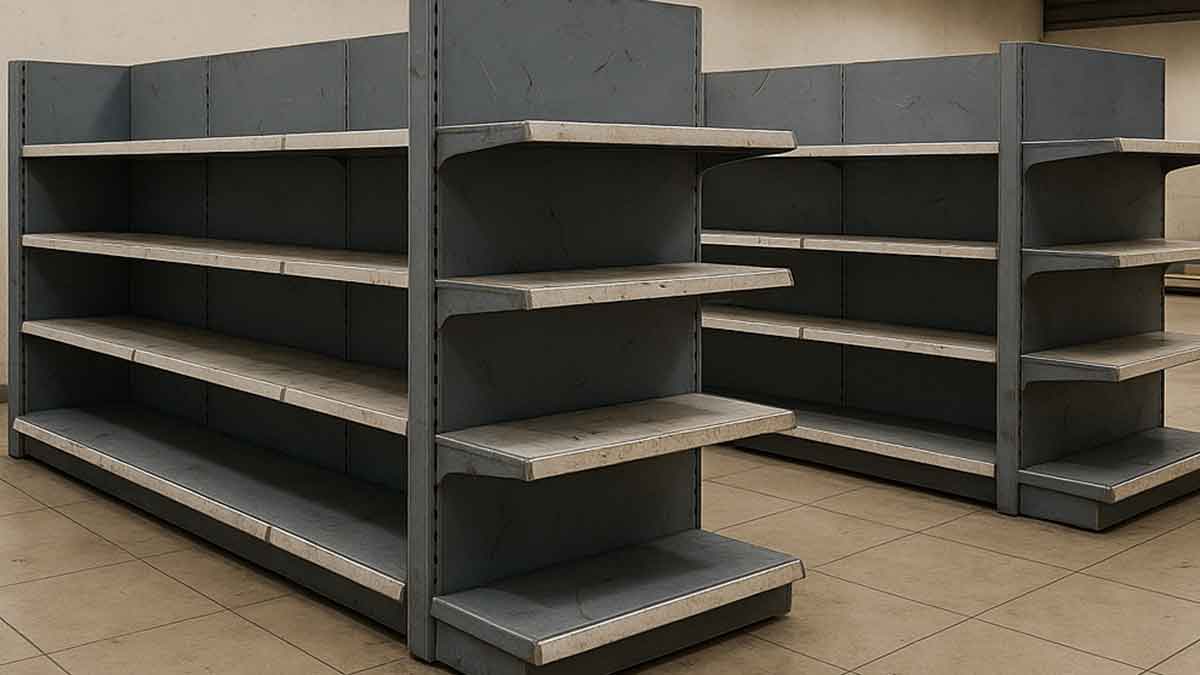WHEN DESIGN MEETS REALITY: HOW SMALL OVERSIGHTS CREATE BIG PROBLEMS
In retail design, little details often make or break a store build or reno.
Renderings always look perfect on paper, but if the engineering, material choices, or operational realities aren’t considered early on, costly mistakes follow.
At Canada’s Best Store Fixtures, we’ve spent decades helping retailers turn bold ideas into fully functioning, scalable environments.
And along the way, we’ve seen what works and what doesn’t. And we’re not afraid to talk about the hard lessons learned along the way.
Here are 6 real fixture fails we’ve witnessed, and the lessons learned that can save your next project.

1. A Mushy Disaster: Spec-ing MDF in Wet Areas
The Situation — To cut costs, the retailer’s procurement team specified MDF cabinet doors for high-moisture areas.
The Mistake — Because MDF absorbs moisture and swells, it’s the wrong material for wet or humid environments.
The Consequence — The fixture’s doors warped, delaminated, and required constant replacement, driving up long-term maintenance costs.
The Lesson Learned — Material selection must match the use case. Wet zones require moisture-resistant substrates, such as marine-grade plywood or proper composites.

2. Beautiful, But Unbuildable: The $1,000,000 Lighting Cloud
The Situation — As part of a national retailer’s store refresh, a designer proposed a dramatic “floating light cloud.”
The Mistake — The creative concept failed to account for the massive engineering complexity and support structure needed.
The Consequence — Cost estimates hit $1M per store, killing the idea.
The Lesson Learned — Big design ideas need early cost and feasibility studies to avoid expensive dead ends.

3. That’s Going to Stain: Marble Surfaces in Food & Beverage
The Situation — Designers insisted on using real marble countertops in high-traffic food prep areas.
The Mistake — Marble stains, etches, and wears easily under heavy use.
The Consequence — Visible damage within months, expensive maintenance, and premature replacement.
The Lesson Learned — Use engineered alternatives that mimic marble and resist staining.

4. Hard To See: Shelf Lighting Causes Backlighting
The Situation — Early LED shelf lighting installations created modern displays but lacked proper diffusion.
The Mistake — Poor placement caused shadowing, glare, and distracted customers.
The Consequence — Lighting undermined product presentation and brand image.
The Lesson Learned — Always test full mock-ups for proper diffusion and color temperature.

5. When Aesthetics Ignore Physics: The Floating Shelf Fantasy
The Situation — Renderings showed shelves floating without support.
The Mistake — The design was structurally impossible to build.
The Consequence — Project scrapped, weeks of time lost.
The Lesson Learned — Collaborate with engineers early to validate feasibility.

6. Cost Savings Gone Wrong: Light-Gauge Shelving Bends
The Situation — Retailer used thinner-gauge metal for gondola shelving to reduce costs.
The Mistake — Installers walked on them, bending the new shelves.
The Consequence — Shelves were damaged and had to be replaced.
The Lesson Learned — Material decisions must account for real-world installation behavior.
The Bottom Line
These failures share a common theme: they happened when design, engineering, and real-world application weren’t fully coordinated from the start.
While never fun at the time, these types of challenges are part of the innovation process. Looking back, we’d have preferred to skip some of these costly mistakes. But we made things right and applied the lessons learned to future projects.
Ready to avoid these costly mistakes on your next project? Contact our team to discuss how integrated design-build prevents fixture fails and delivers results you can count on.
Want more retail design insights? Join 400+ retail professionals who read our email newsletter full of practical advice and design ideas. https://mailchi.mp/8a889d2ab116/v

